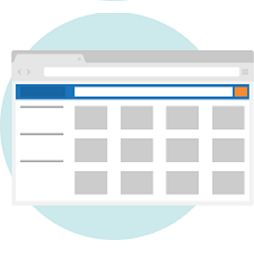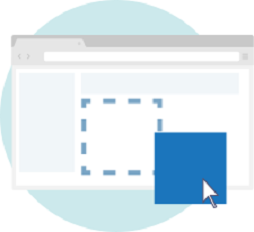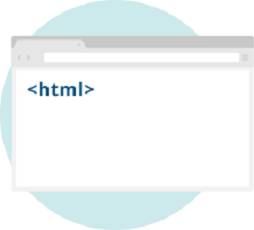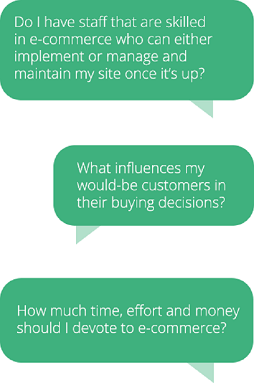If you went with the online marketplace, the setup is simple and that is one of its big virtues. The marketplace is a simple and effective way to sell online and an excellent way to start out.
If a template-based storefront is your best bet, it’s still relatively straight-forward. Generally, you will select a template, populate it with text and images, add product information to your catalogue, configure your payment process and load your order history.
If you outgrow the template, or if you require a custom solution from the get-go, start by getting quotes for prices and timelines. Once you choose a contractor, it’s best to have some internal resources devoted to the project to make sure it moves along quickly. Your site developer will also need you to make decisions quickly and confidently. Best to designate someone familiar with your business processes to make these decisions.










